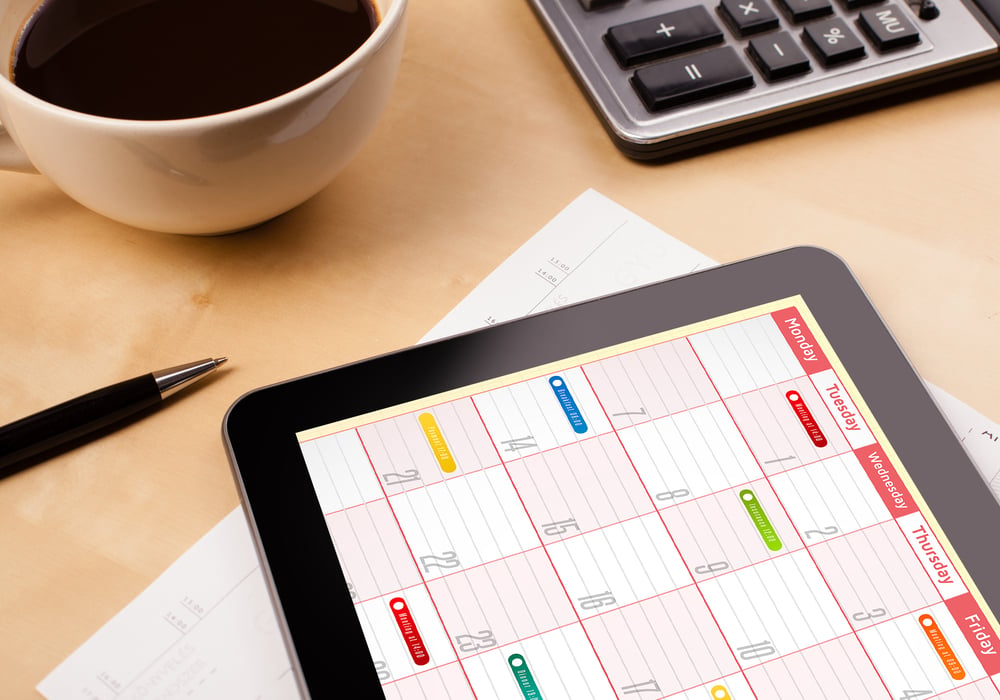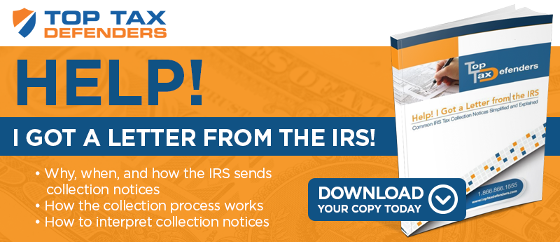
If you owe back taxes to the IRS, you may be watching your mailbox to see when the agency will contact you about your balance due. Fortunately, the IRS sends several written notices before taking legal action about your balance. If you've never received a written notice from the IRS, then chances are that your first contact with the agency will come in the form of a CP501 notice, which is generally followed by a CP502 notice. What are these notices? Should they concern you? Do you need to take any action after receiving one of these notices?
DID YOU RECEIVE AN IRS AUDIT NOTICE?
DOWNLOAD OUR FREE GUIDE ON FIGHTING AN IRS AUDIT >>
What is a CP501 Notice?
A CP501 notice is usually the first written statement you will receive from the IRS regarding your past due balance. In most cases, the CP501 notice is written as a reminder that your balance is due and that you need to take action.
By the time you receive one of these in the mail, your taxes are delinquent according to the IRS agency. On the CP501 notice, you'll see the tax year to which the notice applies. The IRS will also tell you the total you owe, which generally includes the original balance due and the interest and estimated tax penalties that have accrued since the original due date.
What is a CP502 Notice?
If you fail to take action to rectify your account with the IRS after receiving a CP501 notice, you'll probably receive a CP502 notice shortly afterward. The language in the CP502 is a bit more serious than that in the CP501, often instructing taxpayers to pay their balance due immediately.
Like the CP501 notice, a CP502 will inform you of your total balance due, including interest and penalties. The total balance due will likely be higher than that stated on the CP501, since more interest and penalties will have accrued since the date of the first letter.
DO YOU NEED IRS TAX HELP?
SCHEDULE A FREE CONSULTATION WITH OUR TAX EXPERTS »
What to Do If You Get a CP501 or CP502 Notice
Once you receive a CP501 or CP502 notice, you'll need to take steps to correct your outstanding balance. On both of these notices, you will see a Response section in which the IRS explains the steps you need to take.
Taxpayers are usually given three options: 1) Pay the balance in full, 2) Set up a tax installment plan, or 3) Dispute the balance owed. If you cannot pay your entire balance, setting up a free installment plan will help you to begin clearing up your tax bill. However, if you disagree with the IRS's decision or believe that the balance is incorrect, you can contact the agency at the phone number given on the notice.
Whatever action you take, be sure to address the matter promptly. While the CP-501 and CP-502 notices are written in fairly nonthreatening language, later notices will have a more demanding tone. If you continue to leave the matter unresolved, the IRS may eventually take forcible action such as imposing a tax levy on your assets.
Dealing with an outstanding tax bill is never fun. Once you get a CP-501 or CP-502 notice in the mail, though, it's best to go ahead and deal with the matter right away to avoid any further collection action.


